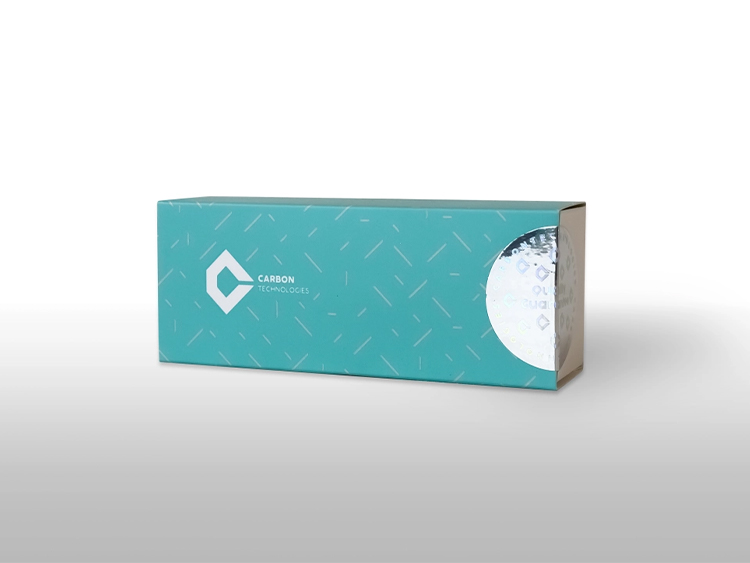Stark SARS-CoV-2 Molecular Diagnostic Kit
Catalog Number: ST242004
Package Specification: 96 Preps/Kit
Intended use
The Stark SARS-CoV-2 Molecular Diagnostic Kit is a Real-Time RT-PCR assay designed for the qualitative detection of RNA from the SARS-CoV-2 virus in human nasopharyngeal, nasal, and oropharyngeal swab specimens. The test may be used for individuals presenting with clinical signs and symptoms consistent with COVID-19, as well as for asymptomatic individuals for whom infection with SARS-CoV-2 is suspected.
This test is intended to assist in the diagnosis of COVID-19 during the early stages of infection, alongside clinical assessment, patient medical history, and epidemiological findings.
The Stark SARS-CoV-2 Molecular Diagnostic Kit is intended for use by trained clinical laboratory professionals proficient in molecular diagnostic methods and Real-Time RT-PCR techniques, operating within an appropriate laboratory environment.
A negative test result does not exclude the possibility of SARS-CoV-2 infection and must not be used as the sole basis for clinical management or treatment decisions.
The assay is validated for use with the following Real-Time PCR platforms: Rotor-Gene Q 5Plex, Corbett Rotor-Gene 6000, Mic qPCR Cycler, ABI StepOne & Step One Plus, Biorad CFX96 Real-Time PCR, Roche LightCycler® 96 Real-Time PCR System, Anatolia Montania 484 Real-Time PCR Instrument.
Principle
The Stark SARS-CoV-2 Molecular Diagnostic Kit is a ready-to-use RT-PCR assay for the qualitative detection of SARS-CoV-2 RNA in respiratory samples. It targets the N and RdRp genes and uses fluorescent probes (FAM, Texas Red) for real-time detection. An internal control (RNase P gene) confirms sample quality and proper extraction. The kit includes positive and negative controls to validate assay performance and prevent false results, ensuring reliable detection of SARS-CoV-2.
Storage
The Stark SARS-CoV-2 Molecular Diagnostic Kit should be stored at −30 °C to −15 °C. Under proper storage conditions, the reagents are stable until the expiration date printed on the packaging.
